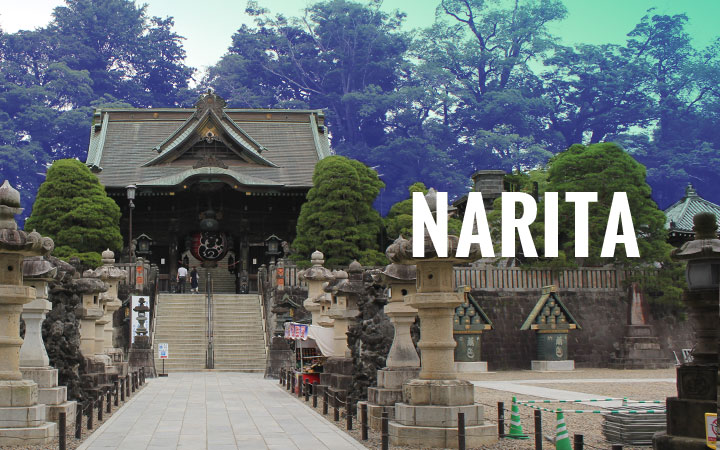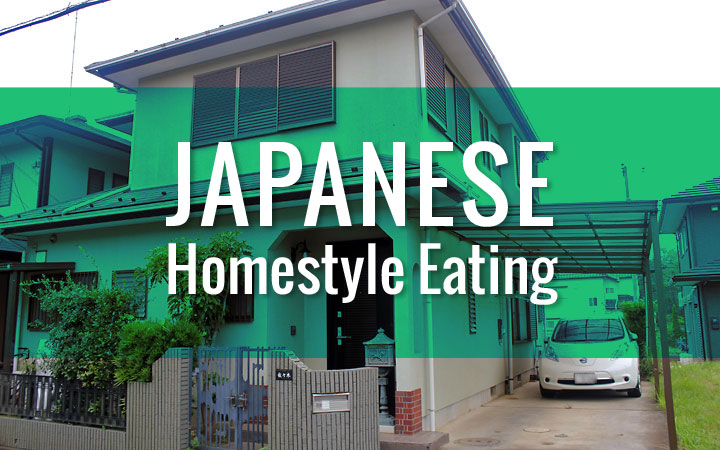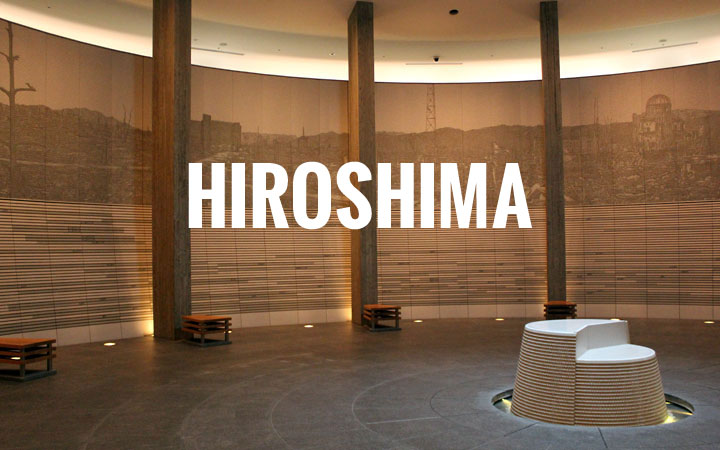
Hiroshima Peace Memorial Museum
My friends suggest to me that the Hiroshima Peace Memorial Museum depicts an omniscient view of the war, not one-sided, that it was well done. I think I’m missing something. Or maybe I’m expecting more, like the omniscient view that Japan played a hostile role in World War II. It isn’t that kind of omniscient.
It’s omniscient in that it wants you to see the big picture. It focuses on this one event, on the effects of the atomic bomb, its victims, and concludes that nuclear weapons should be abolished, that we should embrace peace. Pacification is wonderful, no doubt. The museum does a great job depicting the horrible effects of nuclear destruction. You come out feeling grim.
At the same time, I can’t but wonder if the museum’s goal of promoting peace was its way of saying: We aren’t going to say we’re wrong, but here, we can agree on peace. Maybe in the effect to mitigate/give reason to the grievances of the victims’ families?
Warning: This ain’t pretty.
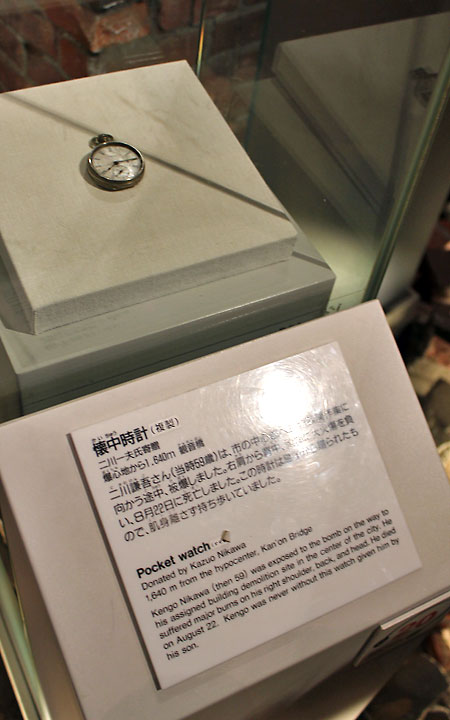

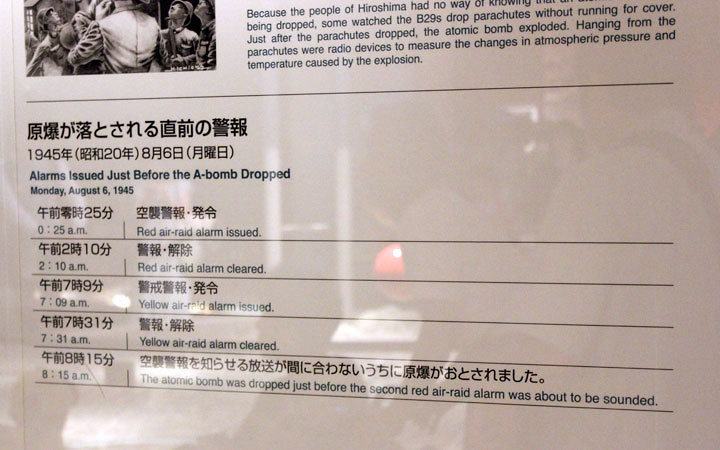
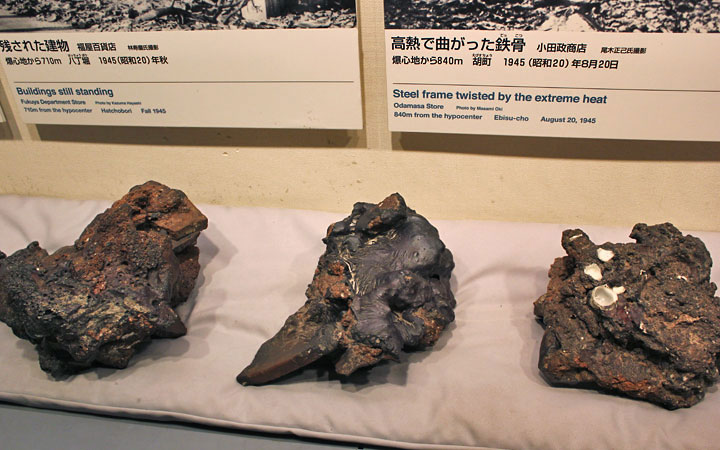
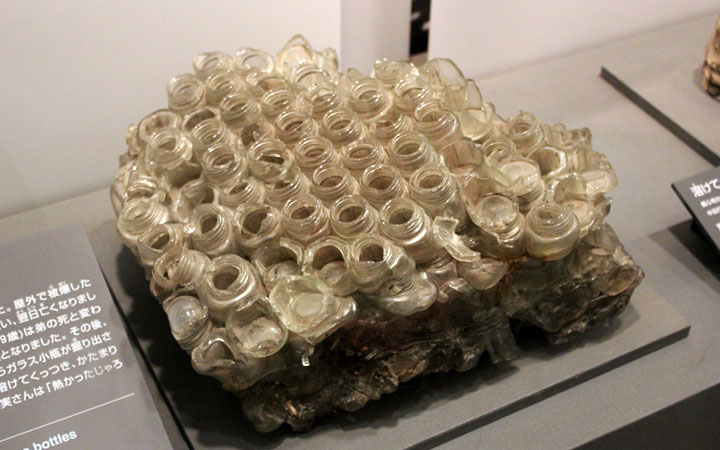

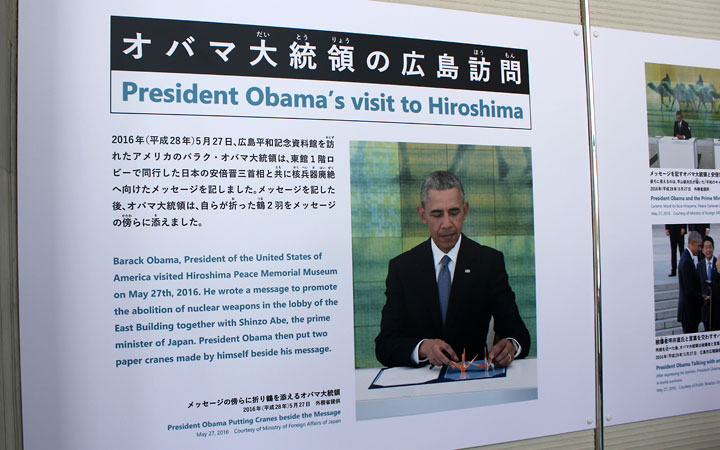
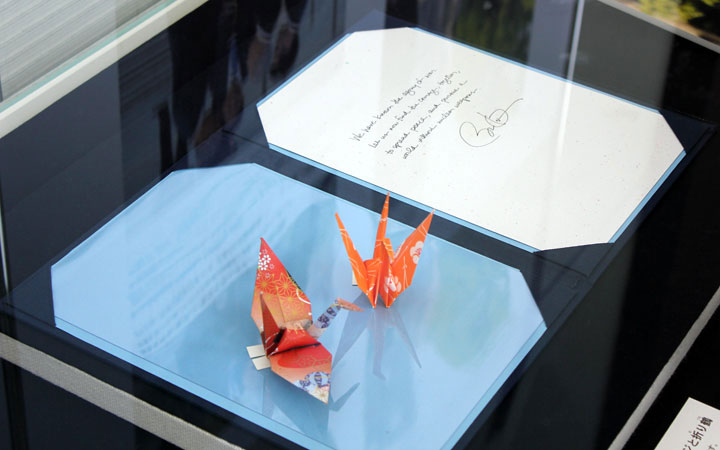
Hiroshima National Peace Memorial Hall for the Atomic Bomb Victims
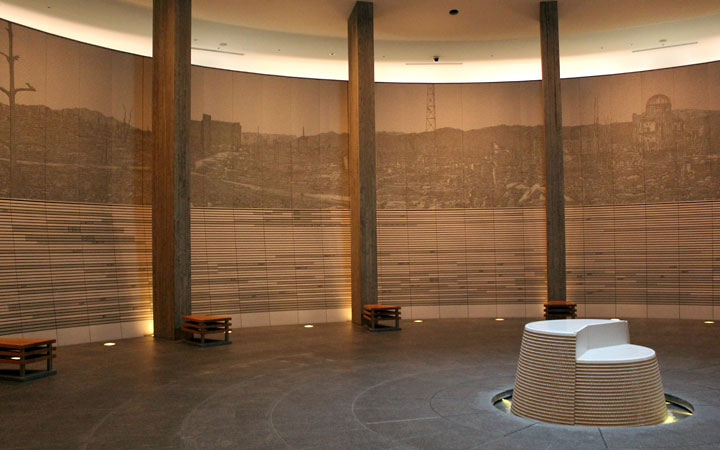
Upstairs in this memorial hall, they play clips about a doctor who was on duty post-bombing. What stood out from his autobiography is how the Japanese were upset to find out that Japan surrendered shortly after bomb, “Then why were so many lives sacrificed?”
I can’t tell if it meant they wanted to continue fighting the war or are thinking why it started in the first place.
A-Bomb Dome
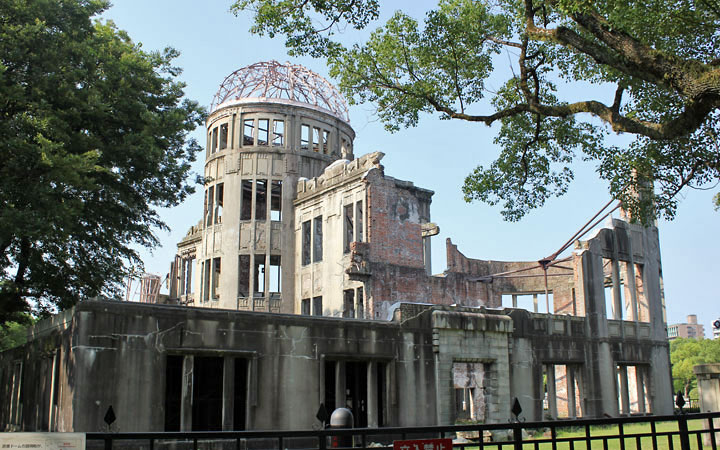
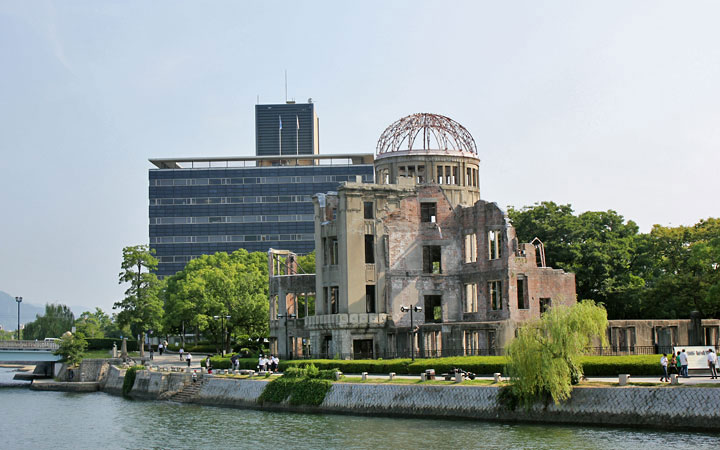
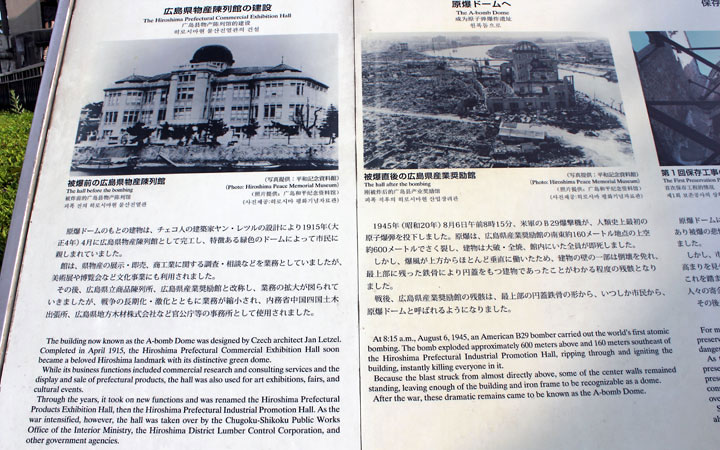
Children’s Peace Monument
For some reason, I never clued in that the story of the thousand paper cranes was linked to the atomic bombing. I vaguely remember a sick girl who wanted to make a wish and did so by folding a thousand paper cranes. This girl is Sadako. She was exposed to the Hiroshima atomic bomb radiation at 2 years old and later developed leukemia. You can read more on Wiki.
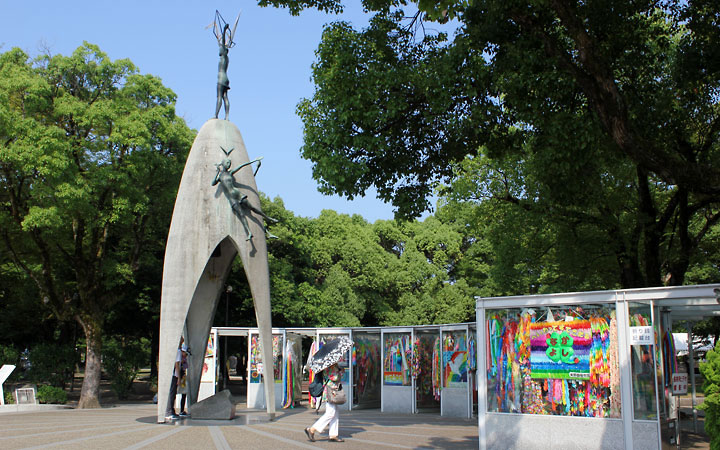
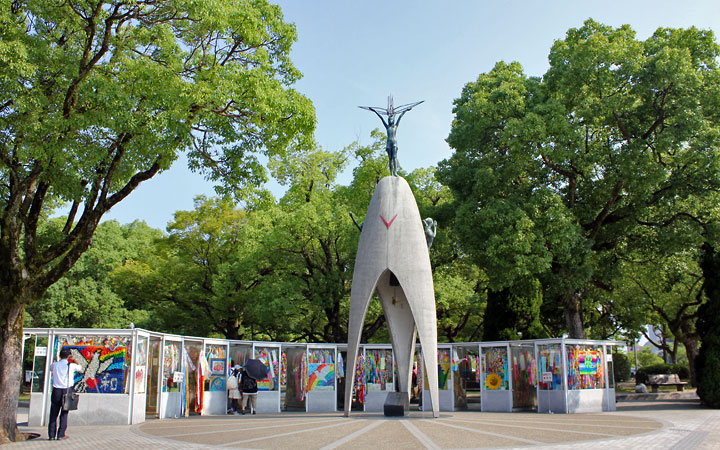
Cenotaph for A-bomb Victims
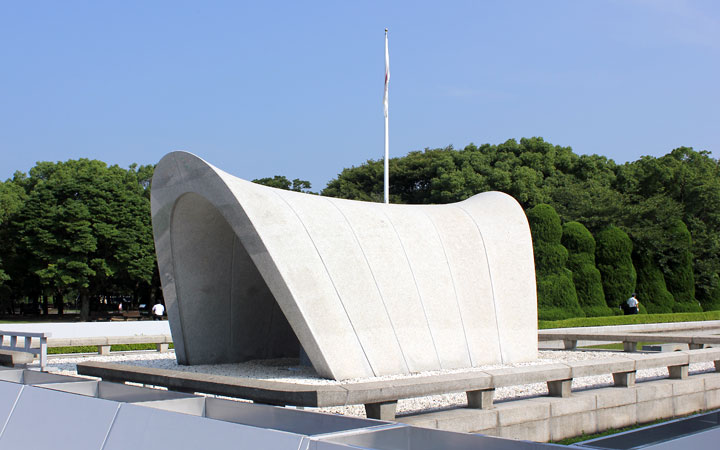
Atomic Bomb Memorial Mound

Korean Atomic Bomb Victims Memorial
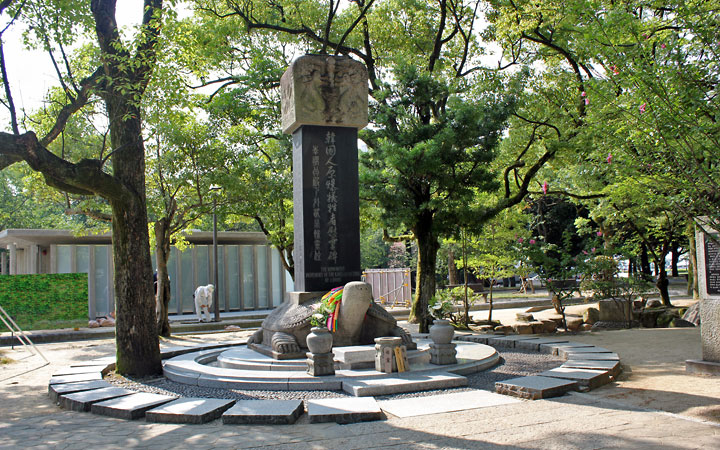
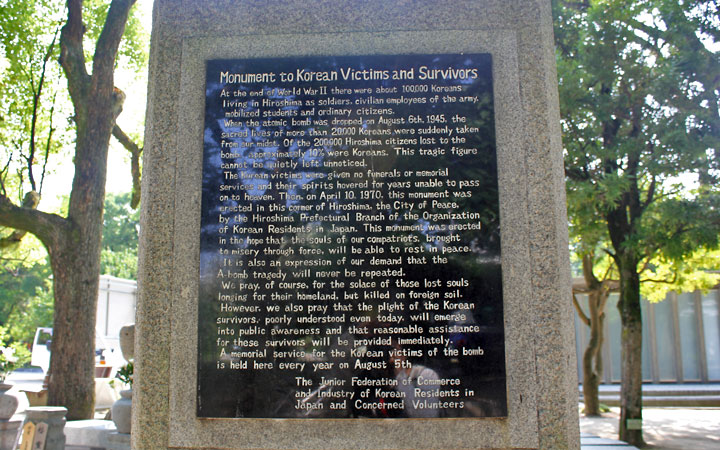
Do you sense the bitterness? This monument seem to have the most impact on me while walking through the memorial park. So many emotions and so many wanting a reason for their emotions.
What We Think About It Now
War is never pretty. Seventy one years later, we still look back. We’re still upset– even angry– that it happened.
We are upset that families have died, including the innocent, the brave, old and young. It was ugly, inhumane, and it had lasting effects. And to what gain?
We are angry that they made no apologies, that they admit to no wrongdoing, and that they show no remorse. How can we forgive when none was asked of us?
But what good is it to be upset and angry? To feed the fire of War and Rivalry?
When can we stop thinking in terms of them and us, we and they? To stop taking a side?
広島市
